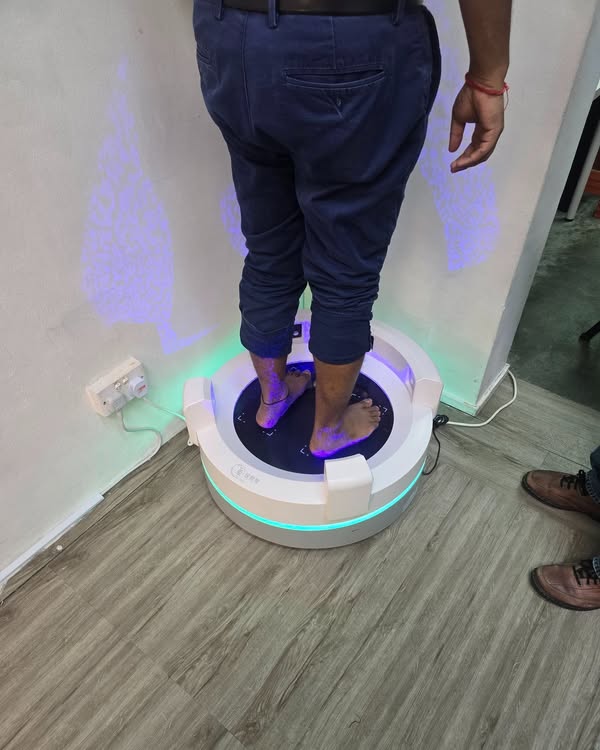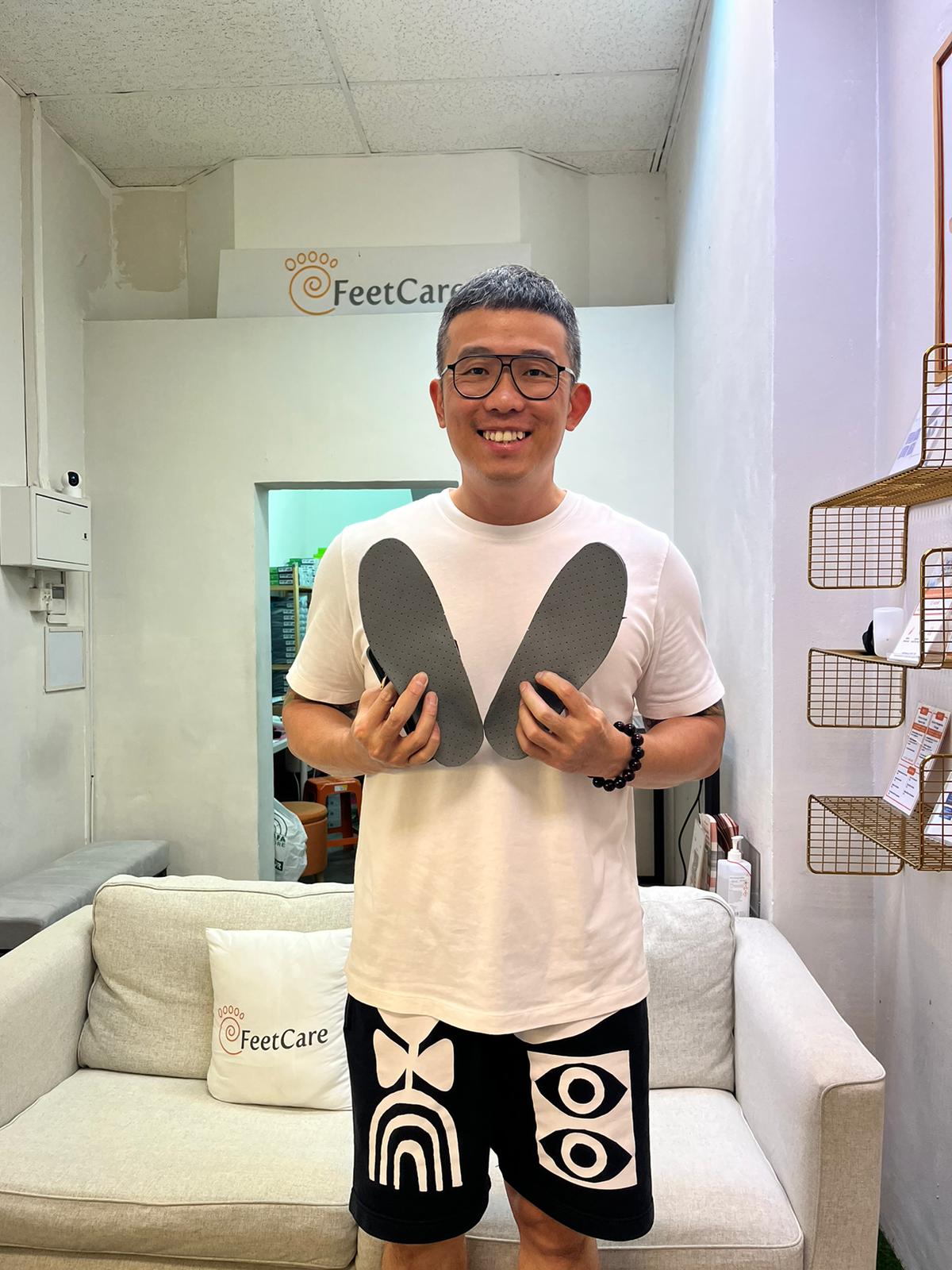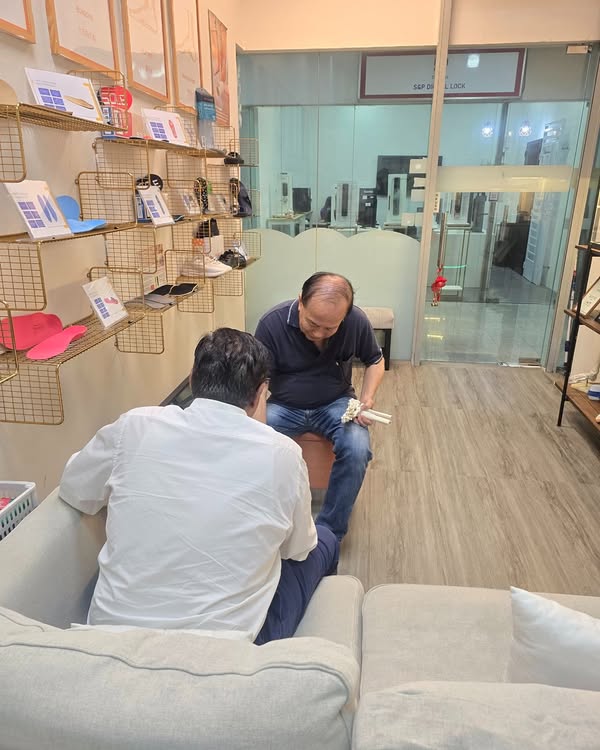Insoles for Leg Length Discrepancy: Improve Balance, Comfort, and Posture
What Are Insoles for Leg Length Discrepancy?
Insoles for leg length discrepancy are specialized shoe inserts designed to correct uneven leg lengths. By adding height to the shorter leg, these insoles restore leg balance, improve posture, and reduce pain in the hips, knees, and lower back. Whether you have a structural leg length difference or a functional imbalance, the right insole can significantly enhance your quality of life.
Leg length discrepancy (LLD) is a condition where one leg is shorter than the other. It can be caused by congenital issues, injuries, surgery, or developmental problems. A difference as small as 5mm can impact your gait, posture, and overall musculoskeletal health.
Types of Leg Length Discrepancy
Structural Discrepancy
This occurs when the actual bone lengths differ. Common causes include:
- Congenital deformities
- Bone fractures
- Growth plate injuries
- Hip or knee surgeries
Functional Discrepancy
Here, the legs may appear different in length due to:
- Pelvic tilt
- Muscle imbalances
- Scoliosis
- Foot biomechanics
In both cases, using the right insole or heel lift can help restore balance and comfort.
Benefits of Using Insoles for Leg Length Discrepancy
- Restores Leg Balance: Corrects gait asymmetry and supports even weight distribution.
- Reduces Pain: Alleviates stress on the hips, knees, ankles, and lower back.
- Improves Posture: Helps maintain proper spinal alignment.
- Enhances Comfort: Custom-fitted insoles prevent foot fatigue and discomfort.
- Prevents Further Injury: Reduces risk of overuse injuries caused by compensatory movement patterns.
Choosing the Right Height Lift Insole
When selecting an insole for leg length discrepancy, consider the following:
1. Degree of Discrepancy
- Less than 2mm: Often doesn’t require correction.
- 3mm to 6mm: Shoe lifts or in-shoe insoles may be sufficient.
- Over 6mm: Custom orthotics or modified footwear may be necessary.
2. Type of Insole
- Heel Lifts: Ideal for mild discrepancies.
- Full-Length Insoles: Provide balanced support across the entire foot.
- Adjustable Lifts: Allow fine-tuning of height increments.
3. Material
- EVA Foam: Lightweight and affordable.
- Gel: Offers cushioning and shock absorption.
- Cork or Leather: Durable and suitable for long-term use.
4. Customization
For significant or complex cases, custom orthotics made by a specialized provider are highly recommended.
How to Use Leg Length Correction Insoles
- Start Gradually: Begin with a smaller lift and gradually increase height to avoid sudden biomechanical changes.
- Use in Both Shoes: Always use inserts in both shoes to maintain even support.
- Pair with Proper Footwear: Choose shoes with sufficient depth and support to accommodate insoles.
- Consult a Specialist: Seek guidance from a podiatrist or physiotherapist.
Who Can Benefit from Height Lift Insoles?
- People with diagnosed leg length discrepancy
- Post-surgical patients (e.g., hip or knee replacement)
- Athletes prone to overuse injuries
- Individuals experiencing chronic back or joint pain
- Children with developmental leg differences (under medical supervision)
Common Mistakes to Avoid
- Ignoring professional assessment
- Choosing incorrect lift height
- Using poor-quality materials
- Not adjusting gradually
Real-Life Results from Leg Length Insoles
Many users report noticeable improvement in posture, gait, and pain levels within weeks of using insoles for leg length discrepancy. Proper use can lead to:
- Improved walking symmetry
- Reduced joint pain
- Better athletic performance
- Enhanced comfort during daily activities
FAQs About Insoles for Leg Length Discrepancy
1. How do I know if I have leg length discrepancy?
You may notice uneven hips, limping, or recurring pain on one side. A medical professional can confirm it using physical exams or imaging.
2. Can I use over-the-counter insoles?
For mild discrepancies, yes. However, consult a professional for more accurate assessment and custom options.
3. How long should I wear the insoles daily?
Start with 1–2 hours and gradually increase as your body adjusts.
4. Can children use leg length correction insoles?
Yes, but only under guidance from a trained professional.
5. Are there risks if I use the wrong insole?
Improper insoles can cause more harm, including joint pain, poor posture, and increased imbalance.
Recommended Reads
Recommended External Resources
- American Orthopaedic Foot & Ankle Society
- Foot Health Facts
- PubMed – Leg Length Discrepancy Research
Final Thoughts
Insoles for leg length discrepancy are a simple yet effective solution to improve leg balance, reduce pain, and prevent long-term complications. Whether you’re dealing with a minor difference or a post-surgical adjustment, the right height lift insole can make a world of difference. Don’t ignore the signs of imbalance—take proactive steps today to support your body and restore comfort.
Conclusion
Ready to improve your balance and comfort? Browse our range of leg length discrepancy insoles or book a free consultation with our foot specialists. Get expert advice, personalized fitting, and a solution that moves with you.




